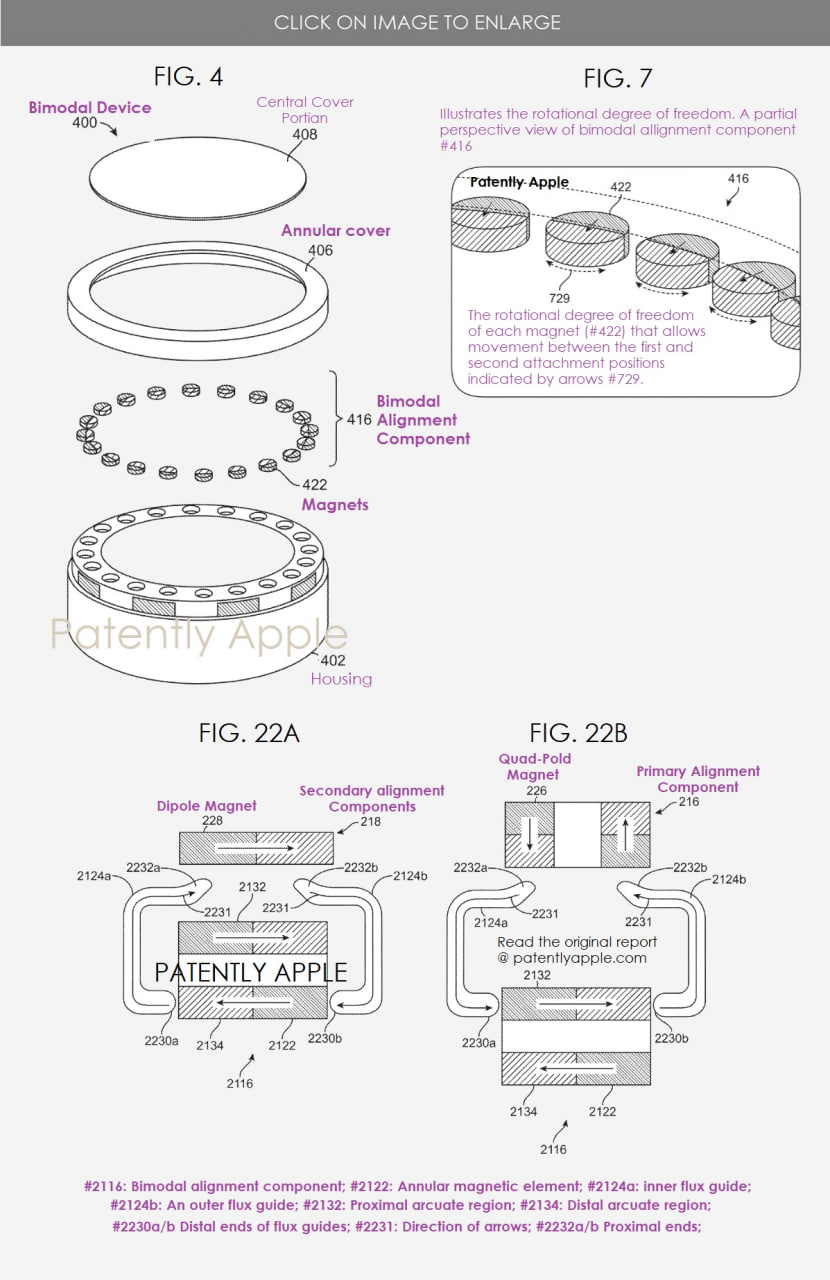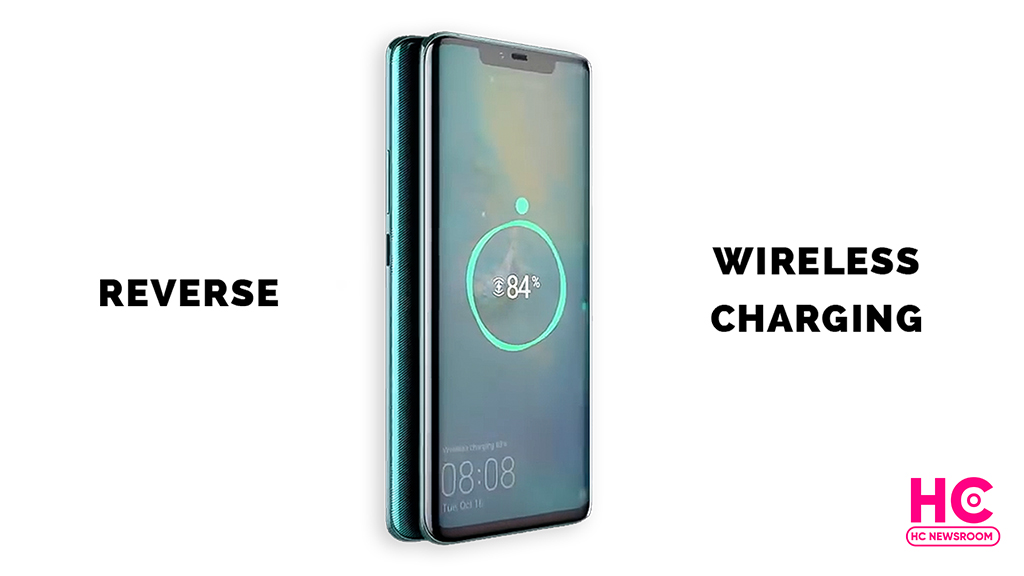Huawei announces stable HarmonyOS 3 for Nova 6 and 7 series
Huawei HarmonyOS 3.1 preparing for beta test
HarmonyOS 3 changelog for Huawei Watch 3 [Global]
Huawei Mate 40 series gets Turbo Charge mode
Breaking: Global Huawei Watch 3 began receiving HarmonyOS 3
New Huawei P60 series cover leak reveals IR blaster and more
Huawei Watch 4 series should launch in the first quarter
Huawei, Is there any chance of EMUI 13.1?
Huawei Mate X3 launch postponed, P60 booked for the first quarter
Which non Google apps Huawei phone you purchased in 2022?
Huawei Nova Y90 gets December 2022 update
Huawei Mate 40 series gets Turbo Charge mode
Huawei Nova 5T gets 2022’s last EMUI update
Huawei P50 Pocket gets December 2022 EMUI update [Global]
Breaking: Global Huawei Watch 3 began receiving HarmonyOS 3
Download the latest Google Play Store APK [33.6.13]
Huawei Petal Maps 3.2.0.200 brings new features
Download Huawei AppGallery App (12.7.1.300)
Google Play Store 33.6.13 is up in stock
Get the latest My Huawei app [12.1.10.300]
Huawei MateBook 14s Intel i9 sale begins
Huawei MateBook D14 SE notebook gets 16GB RAM version
Huawei MatePad SE and Pro 12.6 gets new memory version to Malaysia
Huawei MatePad Pro 10.8 gets November 2022 patch
Huawei is the only PC maker to make growth in Q3 2022 in China
HarmonyOS 3 changelog for Huawei Watch 3 [Global]
Latest Huawei tech could detect Lung infection using SpO2
Check Huawei Watch GT 2 owners’ feedback on user experience in 2022
Huawei Band 4 with SpO2 opens sale at lowest price
Huawei launches ‘Year of the Rabbit’ FreeBuds earphones engraving service
Published
on
By
Chinese industry players are opening new development opportunities with open source HarmonyOS operating system as the software grips wider. As recently, China’s Fuzhou Huisibo Information Technology launched the FHSmart100 development board and it supports the open-source HarmonyOS operating system.
A microprocessor development board is a printed circuit board containing a microprocessor and the minimal support logic needed for an electronic engineer or any person that wants to become acquainted with the microprocessor on the board and learn to program it.
Editor’s pick – ChinaSoft development board gets HarmonyOS compatibility certification
According to the details published by the official website, the FHSmart100 development board is a smart device development board designed based on Zhanrui SL8541E, UIS8581E, and UIS7862S.

The FHSmart100 is also equipped with the FlyHongOS, a smart software distribution developed by Huisibo and based on the OpenHarmony open-source HarmonyOS system.
The development board can also freely choose the TMC THM3652 SE security chip, which can support financial security-level data protection. It can also be used for business processing capabilities, such as SAM cards, IC cards, non-contact IC cards, thermal printing, key and sensitive data protection, and more. 
The motherboard has a pluggable design and scalable financial-level security capabilities. Therefore, FHSmart100 is suitable for finance, government affairs, industry, electric power, mining, education, road transportation, automotive electronics, and many other industries.
Currently, China’s Uisibo has acquired OpenHarmony compatibility for over 10 products including 2 distributed software, 1 development board, and 7 commercial devices.
Huawei South Africa is giving free back covers for smartphone
Huawei will boost investment in operating systems
Most of Deng Li’s smartphones are from the Huawei ecosystem and his first Huawei phone was Ascend Mate 2 (4G). As a tech enthusiast, he keeps exploring new technologies and inspects them closely. Apart from the technology world, he takes care of his garden.
New Huawei P60 series cover leak reveals IR blaster and more
Huawei announces stable HarmonyOS 3 for Nova 6 and 7 series
Apple to bring wireless reverse charging, Huawei launched it 5 years ago
Published
on
By
Huawei FreeBuds series train ran late in 2022 and the wait for FreeBuds 5 is extending further as its launch continues to delay while we are still waiting.
Let’s jump to the story, Huawei first drew a line for FreeBuds 5 to launch alongside Huawei Pocket S but the company internally pushed the launch event. Last November, a report revealed that Huawei will launch FreeBuds 5 in the same year. However, it didn’t happen at that time either.
After all, Huawei Freebuds 5 has been delayed for too long, and a new one should be released this year. But the question is when?
In 2021, Huawei launched FreeBuds in May and the company expanded the FreeBuds 4 in the global market. Since we had an entire year ahead. Huawei rolled out the FreeBuds 5i in 2022, there are a number of aesthetic upgrades that we’ve seen in this mini version.
Despite a missing confirmation on the launch date, Huawei FreeBuds 5 should get a booking alongside the Huawei P60 series. This would be a perfect occasion to unveil this pair of earbuds.
Still, we’re waiting for an official announcement from Huawei. Until then, let’s take a look at some of the specs from the last version.
Huawei FreeBuds 4:
Huawei FreeBuds 4 comes with open-fit active noise cancellation 2.0. It has adaptive ear-matching technology to detect your in-ear shape and how you wear the earbuds. Then it smartly selects a variety of noise-cancellation presets.
Huawei FreeBuds 4 brings two aesthetically awesome colors – Ceramic White and Silver Frost. These earbuds are light and each of them weighs just 4.1 grams.
There are gestures and tap support, tap twice to answer and end calls, play/pause music, previous/next song or enable voice assistant. It has a swipe up and down to increase or decrease volume.
These earbuds include a special touch of tap and hold, which allows you to enable or disable noise cancellation.
This FreeBuds device is a battery powerhouse, it will boast 22 hours of battery with a charging case and ANC off. While you will get 4 hours from FreeBuds only.

Published
on
By
During CES 2023, Intel launched the 13th Gen Intel Core mobile processor including Intel Core i9-13980HX. which is the first 24-core processor for a laptop. The new H-series processors bring computing possibilities for gamers and creators with up to 5.6GHz turbo frequency. It is the highest clock speed available for the laptop market.
Intel also unveiled the 13th Gen Intel Core P-series and U-series mobile processors. These are designed for ultra high performance on the go in sleek, thin systems.
These processors boast up to 14 cores (6 Performance-cores, 8 Efficient-cores) and the enhanced Intel Thread Director. These also include new Intel Iris Xe Graphics features for endurance gaming, XeSS Super Sampling, and Intel Arc Control. 13th Gen Intel Core mobile processors have Intel Evo designs built to also feature long battery life.
According to Intel, select designs based on these processors will feature the Intel Movidius vision processing unit (VPU).

In addition to the 13th Gen Intel Core desktop processor family, Intel also unveiled the new 35-watt and 65-watt SKUs to provide mainstream PC users with power efficiency, while delivering improved performance in gaming, creation, and productivity.
In addition, Intel also showed off brand new Intel Core i3 in the N-series for educators and students, entry-level computing and IoT edge native applications.
Notably, this new version of Intel I3 brings new Efficient-cores built on the Intel 7 process technology, up to 28% improved application performance and 64% better graphics performance over the predecessor. Furthermore, the chipset will deliver extended connectivity with Intel Wi-Fi 6E (Gig+) and Bluetooth 5.2.
Published
on
By
Apple and Android copy each other’s features and label them as an innovation. However, when it comes to the counts, Apple is the one that leads this competition as it now following Huawei to bring in the wireless reverse charging feature.
Findings from Patently Apple reveal that US Patent and Trademark Office recently published a patent from Apple for a new wireless charging system using bimodal magnetic alignment.
The patent describes how this technology is used to create charging capability for smaller accessories such as AirPods earphones and Apple watches.
So It’s been a long time coming for Apple to include such a capability in its devices. To be mentioned, Apple has not confirmed anything for now on this, as it would never anticipate users about its upcoming features.
But we may take it as an upcoming feature to charge up accessories via iPhone 15 or later models. But nothing is certain at the moment. 
Huawei had since 2018:
Huawei has mastered the use of reverse wireless charging technology in flaghip smartphones and first introduced this feature with Huawei Mate 20 Pro in 2018.
Initially, the reverse wireless charging speed was sufficient but the company later improved the charging rate with Huawei Mate 30 series, then Mate 40 series.
What is wireless reverse charging?
The reverse wireless charging feature turns your phone into a charging pad, allowing it to charge other devices. These include smartphones, smartwatches, and smart bands. But these must also support QI wireless charging.
To use the feature, you need to place a charging device in the center of the back of your Huawei phone and the device will start charging automatically. The charging process is simple but there are a few precautions that users can keep in mind for future Apple iPhone users bring it.
Users are recommended not to put any metal object between the charging devices or the surface of the phone.

Copyright © 2022 Huaweicentral.com